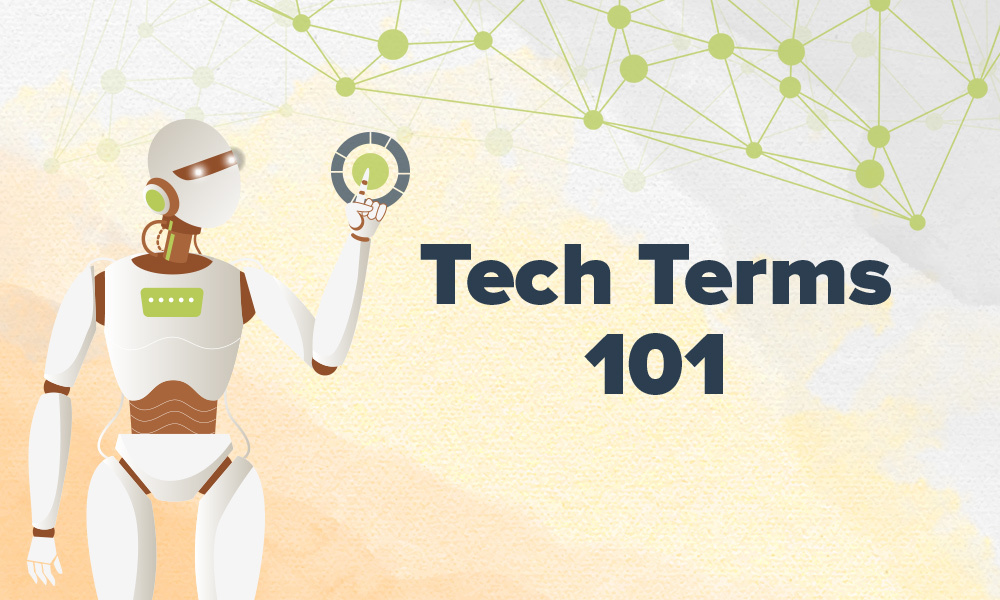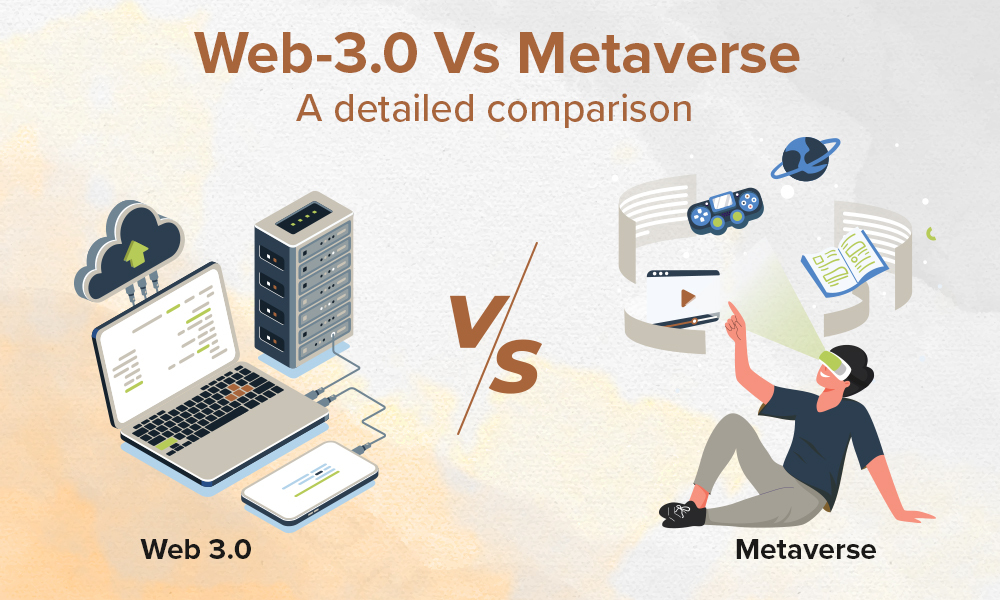The blockchain sector is eagerly waiting for the release of Ethereum 2.0. Serenity (aka Ethereum 2.0) is shift the consensus of the permissionless blockchain from Proof of Work (PoW) to Proof of Stake (PoS). Ethereum 2.0 will enhance both security as well as the transaction capacity of the blockchain. However, there is a burning question in the mind of people what will happen to Ethereum 1.0 post Ethereum 2.0 launch.
Before we answer that question let’s understand why there was a need to launch Ethereum 2.0
Why was there a need to shift from Ethereum 1.0 to Ethereum 2.0
One of the biggest roadblocks for blockchain has always been the amount of transaction they are able to perform per second. The comparison is drawn with Visa which is able to process 1500 transactions per second while Ethereum 1.0 has been able to do only 15 transactions per second. Moreover, the amount of energy that is consumed to perform those 15 transactions makes it non-environmental friendly.
Ethereum 1.0 post Ethereum 2.0 launch – How will this public blockchain transform
Ethereum 2.0 which is said to be the largest upgrade in the public permissionless blockchain isn’t going to be a traditional hardfork. An entire new Ethereum blockchain is going to be launched. As it is going to be such a huge update, the company decided to do it in several phases.
The Ethereum 2.0 roadmap:
Phase 0 – Launch of beacon chain
Phase 1 (which also includes Phase 1.5) – Implementation of shard chains
Phase 2 and beyond – Launch of fully formed shards and updates
Read more about the phase launch of Ethereum 2.0 here.
Phase 0 is slated to launch in the month of November which is going to mark the shift from Proof of Work to Proof of Stake mechanism. It is said that the Phase 1 and Phase 1.5 are going to launch almost a year after the Phase 0. It will be during the Phase 1.5 launch when the Ethereum 1.0 will be merged with Ethereum 2.0. In technical terms, the Ethereum 1.0 blockchain will become a part of the 64 shards which forms the Ethereum 2.0 blockchain.
As a result, people don’t have to worry about the data history as it all will be preserved for Ethereum 1.0 post Ethereum 2.0 launch. Moreover, two types of Ether are going to exist until the Ethereum 1.0 merges with the Ethereum 2.0 blockchain.
Joseph Lubin, the founder of ConsenSys and co-founder of Ethereum talked about what will happen to Ethereum 1.0 during the (phase wise) launch of Ethereum 2.0. Joseph said that Ethereum 2.0 will reach back into Ethereum 1.0 and finalize blocks there, enabling greater security and production of issues of blocks on Ethereum 1.0,” Lubin further mentioned that Ethereum 2.0 will be the “biggest, most sophisticated DeFi application” on Ethereum 1.0.
Additionally, Ethereum 2.0 will provide features such as increased scalability, throughput and security to the Ethereum public mainnet, all of which are lacking in Ethereum 1.0. The highly anticipated Beacon Chain will serve as the backbone of Ethereum 2.0.




